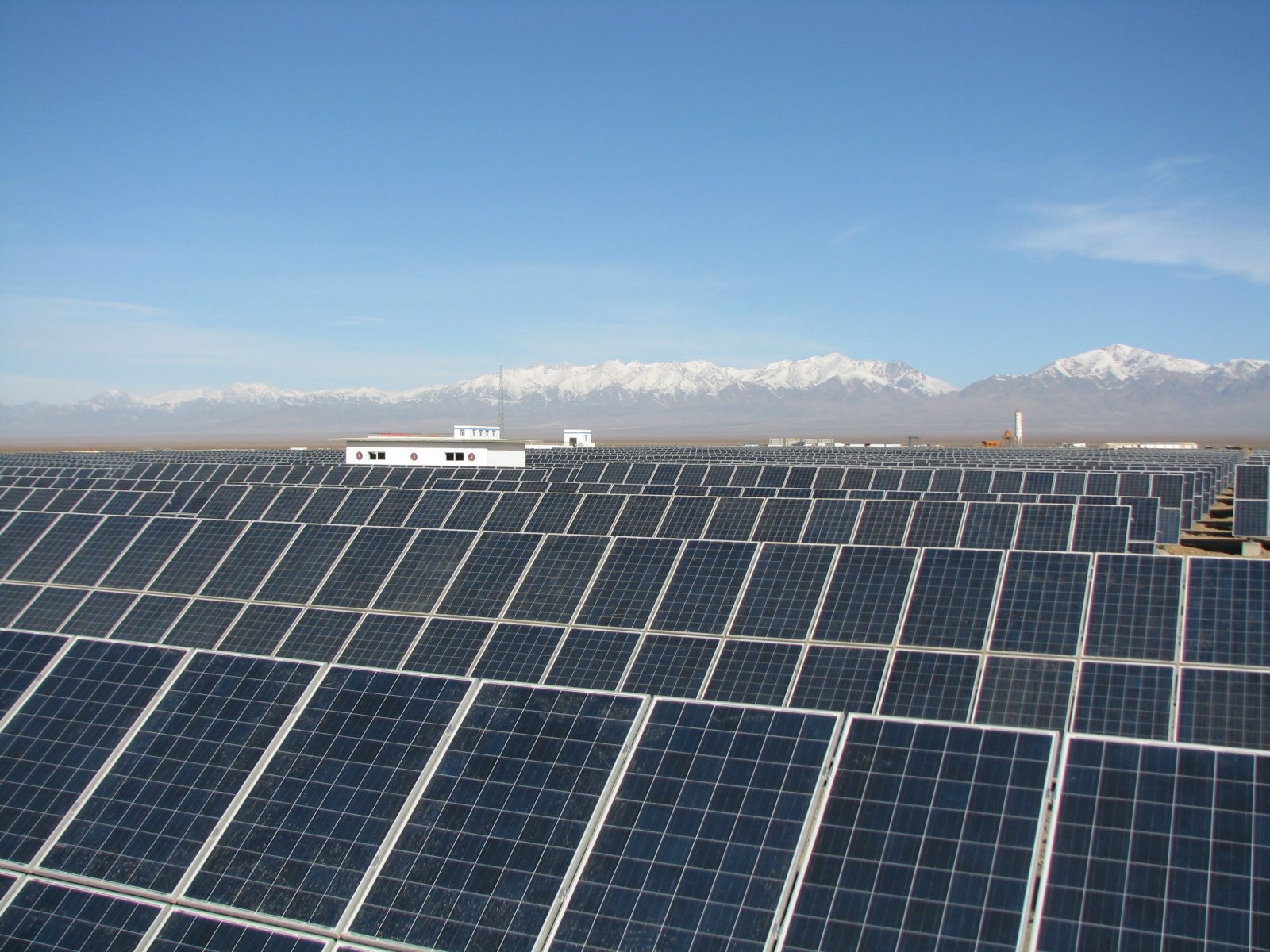China’s 13th Five-Year Plan released on March 17 outlined a plan to steer its heavily resource-based economy towards one that is increasingly service-oriented, diversified and less carbon-intensive.
The graphics below, based on official data, illustrate the new targets set in order to meet this goal, and to make progress in the country’s ongoing “war on pollution”.
They also summarise the impact of China’s economic transition on energy consumption since the start of the century. Increased demand for fossil fuels over that period has reshaped global geopolitics and patterns of world trade, but worsened environmental crises within China and beyond its borders.
See also: Chinese NGOs call for 13th Five-Year Plan to include climate adaptation
Crucially, the data show that the rate of coal consumption in China’s energy mix is declining. A 3.7% year-on-year fall in demand for coal in 2015, accompanied by flat lining electricity consumption, has raised hopes that China may have already reached its historical peak not only in demand for coal, but also in its CO2 emissions.












